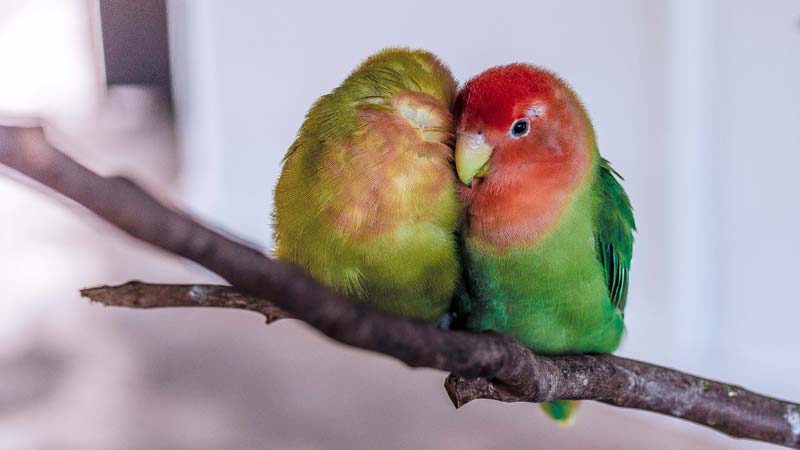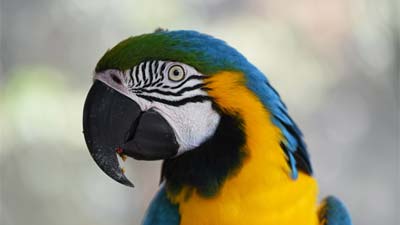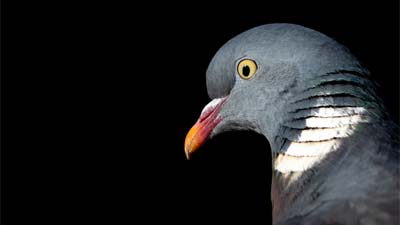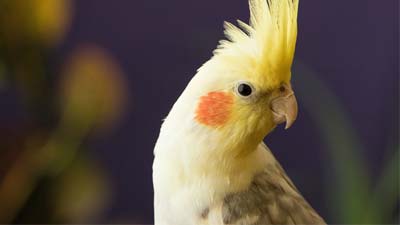- Size
- Smallest
- Small
- Small to Medium
- Medium
- Large
- Giant
- Characteristics
- Smartest
- Hypoallergenic
- Fluffy
- Best Guard
- Best Family
- Best for Kids
- Low Shedding
- Healthiest
- Police Dogs
- Most Calm
- Quietest
- Color
- White
- Black
- Grey
- Brown
- Blue
- Red
- Coat
- Hairless
- Short
- Long
- Origin
- Japan
- China
- Australia
- Germany
- Italy
- United States
- France
- Group
- Hound
- Terrier
- Herding
- Toy
- Working
- Sporting
The Lovebird: A New Owner's Guide (What To Know)

Photo by Isaac Benhesed on Unsplash
Lovebirds belong to the genus Agapornis and are native to the African continent. They originate from various regions, primarily found in the savannas, forests, and scrublands of sub-Saharan Africa. European explorers first encountered lovebirds in the 17th century during their explorations of Africa. These captivating birds drew attention due to their small size, colorful plumage, and their tendency to form strong pair bonds.
Lovebirds gained popularity as pets due to their small size, lively personalities, and their ability to form strong attachments to their human caretakers. Their playful nature and vocalizations, although not as extensive as some other parrot species, also contribute to their appeal.
Today, Lovebirds continue to be popular pets globally, cherished for their affectionate nature, vibrant colors, and their ability to form deep bonds with their owners.
Here's a guide on their care and basic information:
Basic Information
Species Traits:
Size: Lovebirds are small parrots, typically around 5-7 inches in length.
Lifespan: With proper care, they can live for 10-15 years or more.
Variety of Colors: They come in various color mutations, including peach-faced, masked, Fischer's, and more.
Price:
The cost of a lovebird can vary depending on several factors including the species, color mutations, age, and where you acquire it from. On average, you might expect to pay between $50 to $200 for a lovebird in the United States.
Here's a general breakdown:
Peach-faced Lovebirds: Common and more affordable, often priced between $50 to $150 each.
Fischer's Lovebirds: Similar in price range to Peach-faced Lovebirds, averaging around $50 to $150.
Masked Lovebirds: Prices can also range between $50 to $200.
Rarer mutations or specific color variations might be priced higher, potentially reaching $200 to $400 or more per bird.
Care Tips
Caring for lovebirds involves attention to various aspects to ensure their well-being and happiness:
Housing:
Cage Size: Choose a spacious cage, ideally a minimum of 18x18x18 inches for a single lovebird or larger for pairs. The cage should allow room for flying and movement.
Bar Spacing: Opt for bars spaced closely, approximately 1/2 inch apart, to prevent escape or injury.
Perches and Accessories: Provide multiple perches of varying thickness and materials to exercise their feet. Include toys, swings, and nesting boxes for mental stimulation.
Diet:
Seed Mix: Offer a high-quality lovebird seed mix as a primary diet, ensuring it's fresh and not spoiled.
Pellets: Supplement their diet with pelleted food specifically formulated for lovebirds, ensuring a balanced nutritional intake.
Fresh Foods: Introduce fresh fruits like apple, berries, and veggies such as spinach, kale, and carrots for added nutrients.
Treats: Occasional treats like millet sprays or small amounts of nuts or seeds can be given as rewards.
Water and Hygiene:
Fresh Water: Ensure clean water is available at all times, changing it daily to prevent contamination.
Cage Cleaning: Clean the cage regularly, removing droppings, leftover food, and changing the bedding or substrate.
Social Interaction:
Companionship: Lovebirds thrive in pairs or small groups, enjoying the company of other lovebirds or human interaction.
Human Bonding: Spend time interacting with your lovebird daily, talking to them and offering toys or games for mental stimulation.
Environment:
Temperature: Keep the environment between 65°F to 80°F (18°C to 27°C), protecting them from extreme temperatures.
Lighting: Provide natural light but avoid placing the cage in direct sunlight or drafts.
Quietness: Lovebirds can be sensitive to noise, so keep their environment peaceful.
Health Care:
Observation: Monitor their behavior, eating habits, and droppings regularly to detect any signs of illness or distress.
Veterinary Care: Schedule regular check-ups with an avian veterinarian to ensure their health and address any concerns promptly.
Breeding Considerations:
Nesting Material: Offer nesting materials like shredded paper, hay, or feathers if you plan to breed lovebirds.
Separation: Consider separating breeding pairs if aggression or stress arises during nesting or mating.
Conclusion
Lovebirds' journey from their natural habitats in Africa to becoming beloved pets illustrates their endearing qualities and their place as charming companions in many households around the world.
Lovebirds, with their vibrant colors and affectionate nature, make charming pets. Proper care, a balanced diet, an enriched environment, and regular interaction contribute to their happiness and well-being. Creating a nurturing habitat and attending to their needs ensures a fulfilling life for these delightful feathered companions.
You May Also Like
 Other Pets, Pet BirdsThe Lineolated Parakeet: A New Owner's Guide (What To Know)
Other Pets, Pet BirdsThe Lineolated Parakeet: A New Owner's Guide (What To Know) Other Pets, Pet BirdsThe Pionus Parrot: A New Owner's Guide (What To Know)
Other Pets, Pet BirdsThe Pionus Parrot: A New Owner's Guide (What To Know) Other Pets, Pet BirdsThe Dove: A New Owner's Guide (What To Know)
Other Pets, Pet BirdsThe Dove: A New Owner's Guide (What To Know) Other Pets, Pet BirdsThe Cockatiel: A New Owner's Guide (What To Know)
Other Pets, Pet BirdsThe Cockatiel: A New Owner's Guide (What To Know) Other Pets, Pet BirdsThe Budgerigar: A New Owner's Guide (What To Know)
Other Pets, Pet BirdsThe Budgerigar: A New Owner's Guide (What To Know) Other Pets, Pet BirdsThe Canary: A New Owner's Guide (What To Know)
Other Pets, Pet BirdsThe Canary: A New Owner's Guide (What To Know)